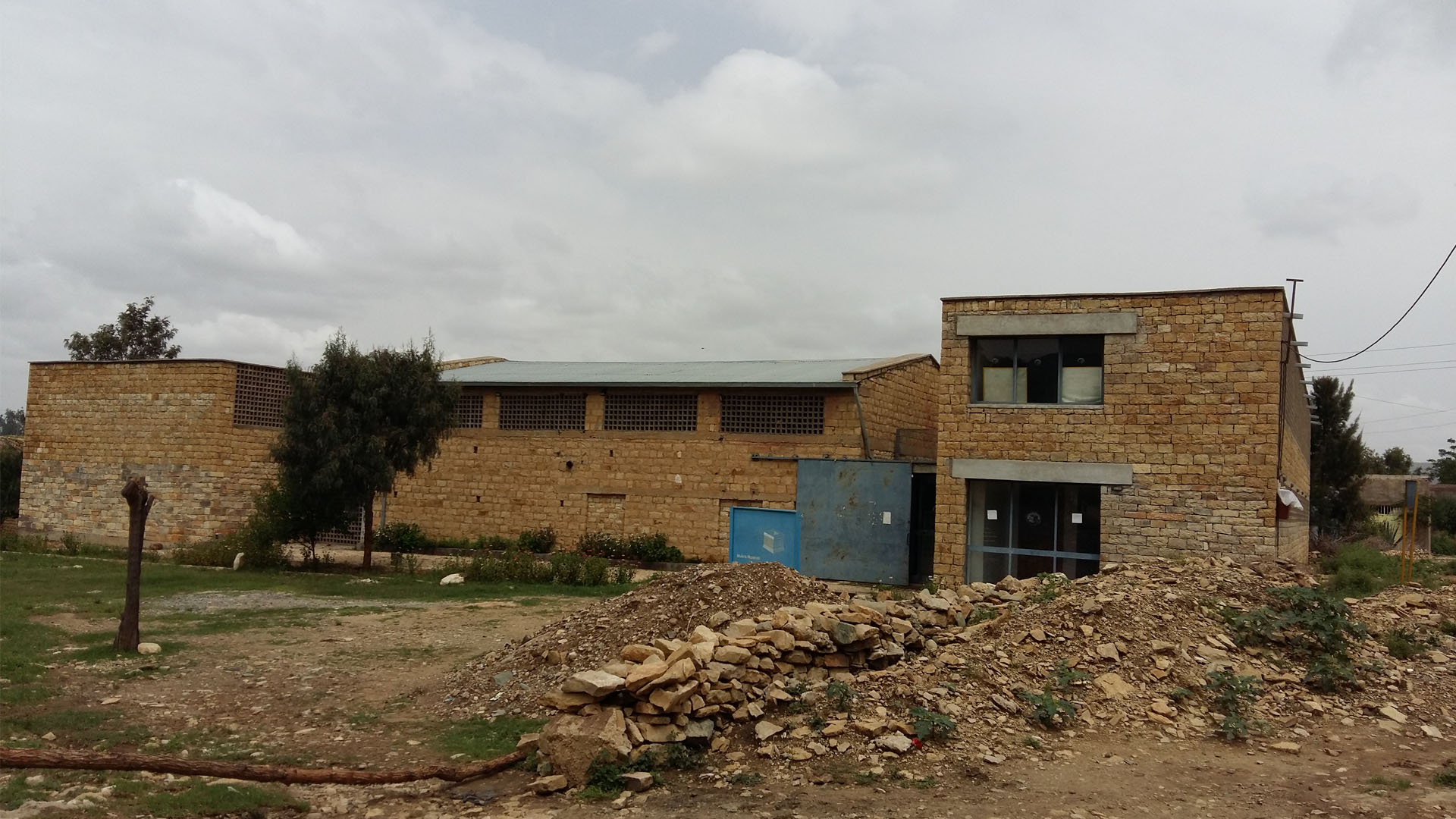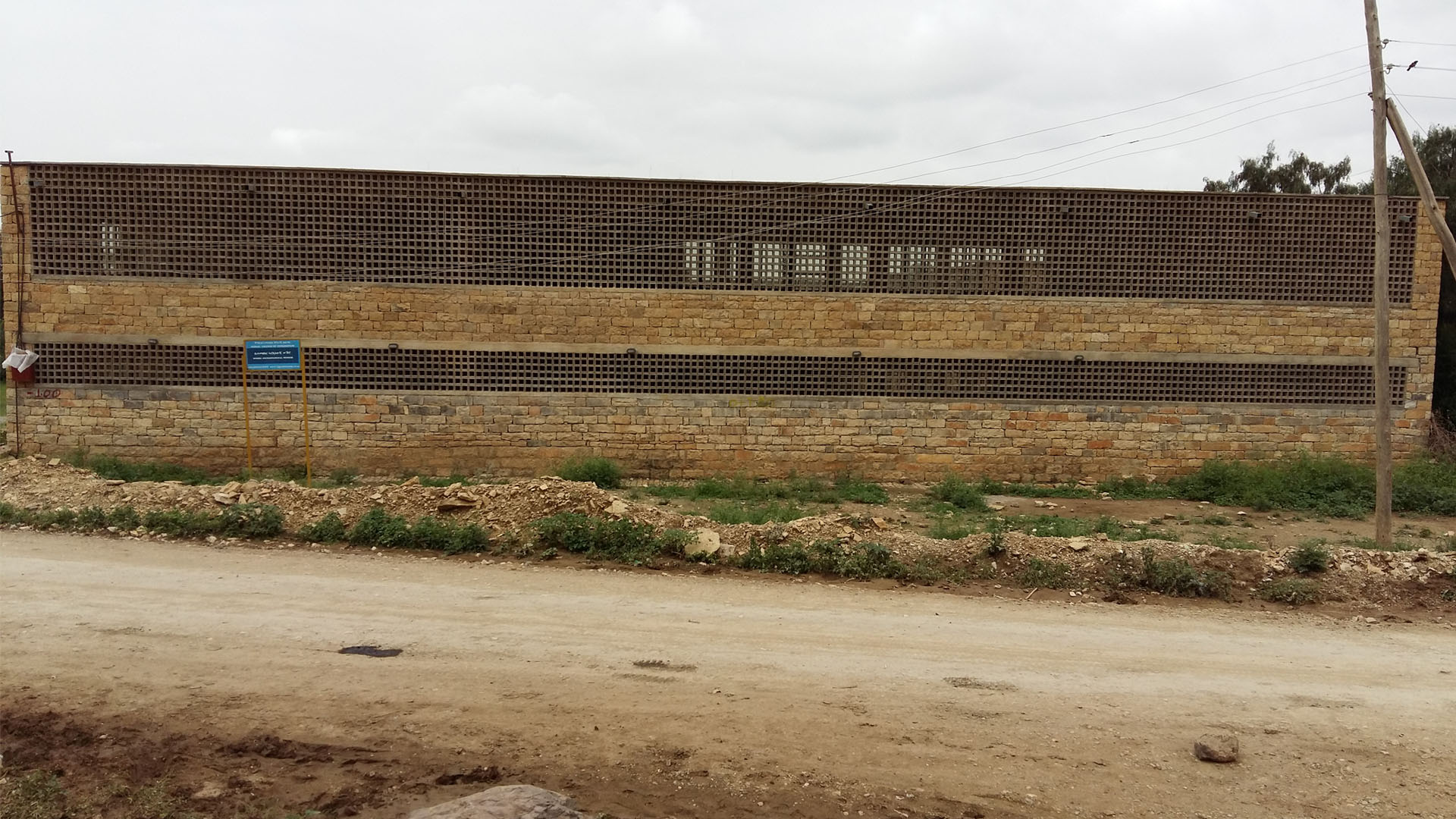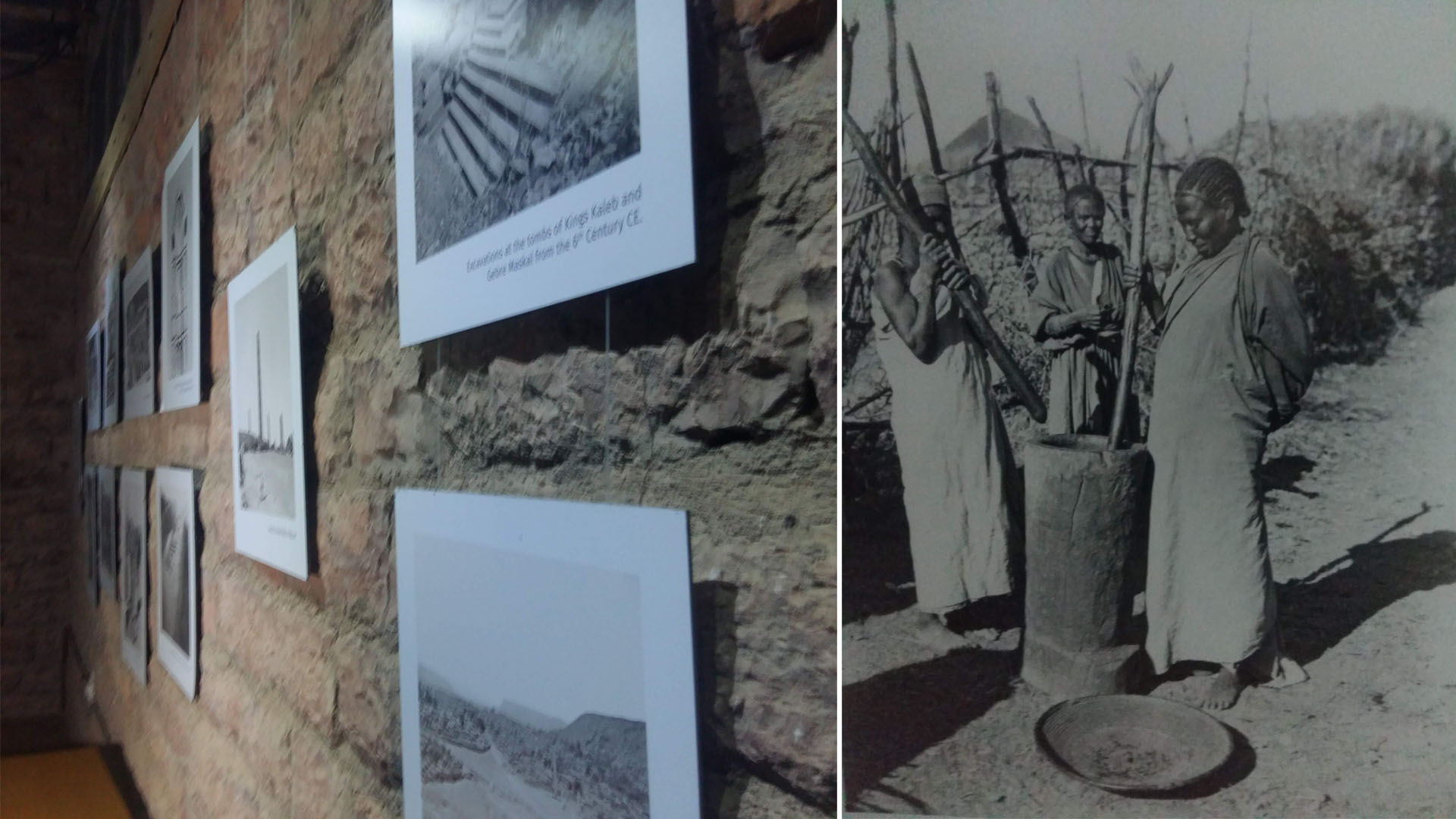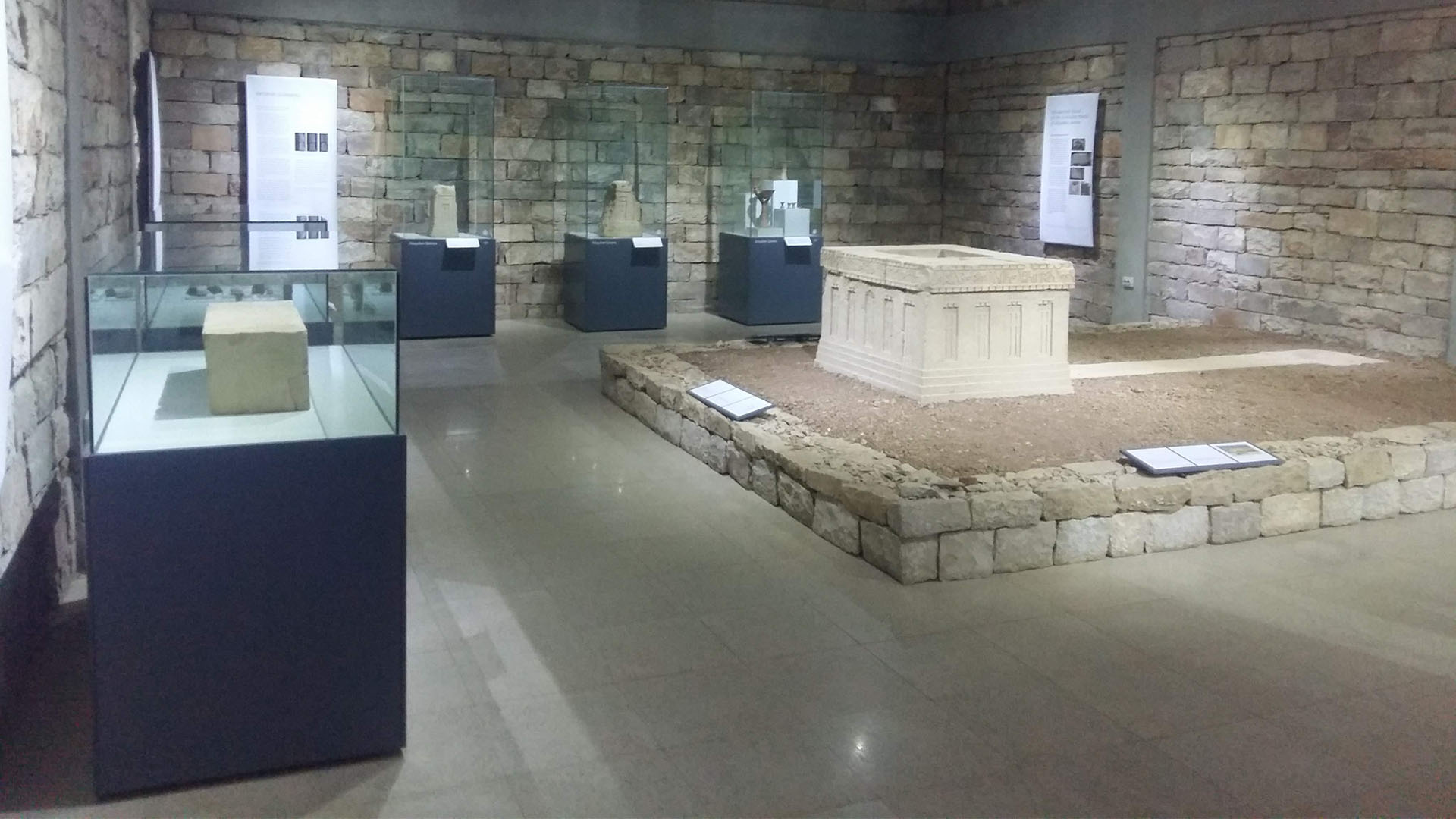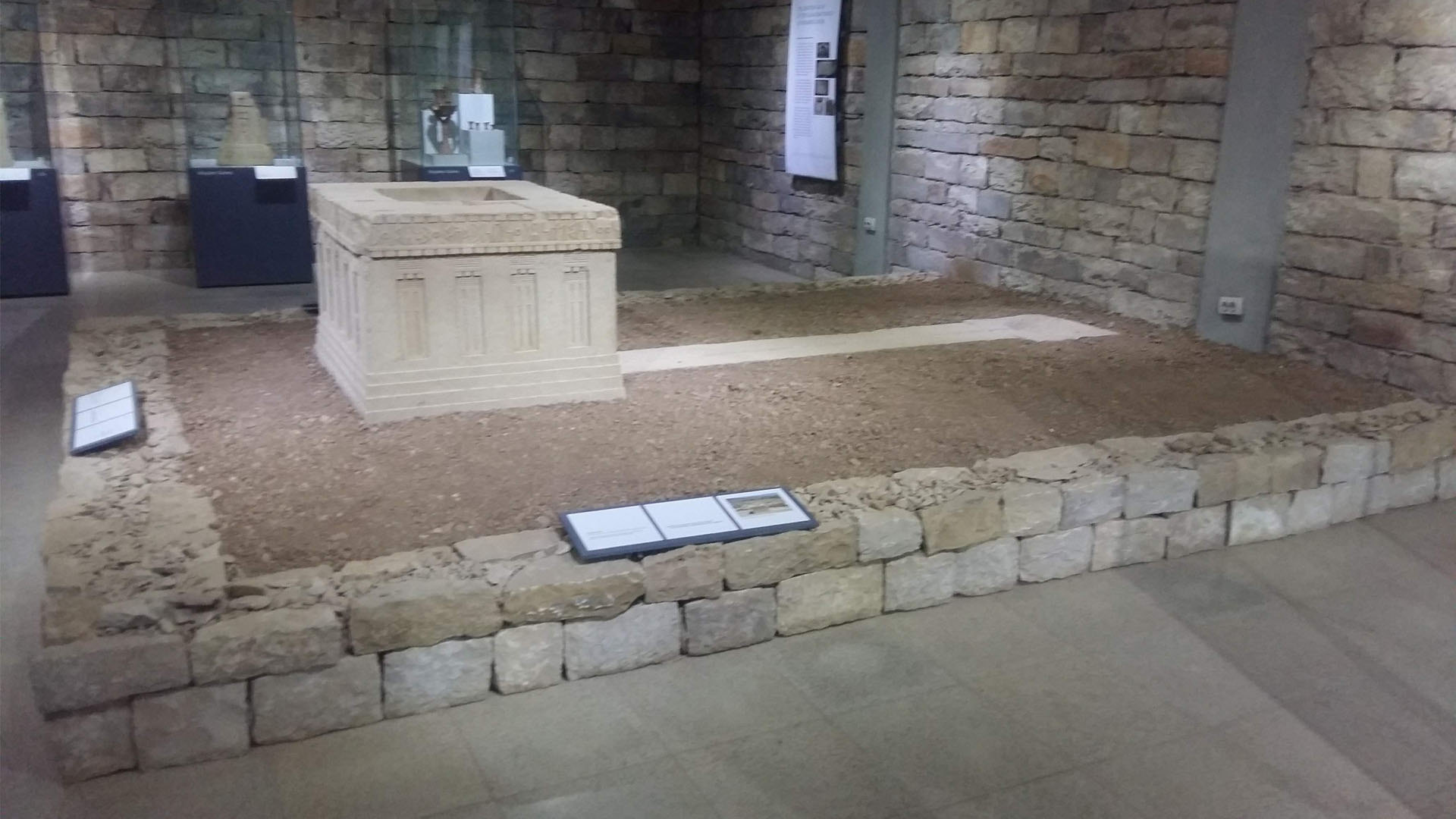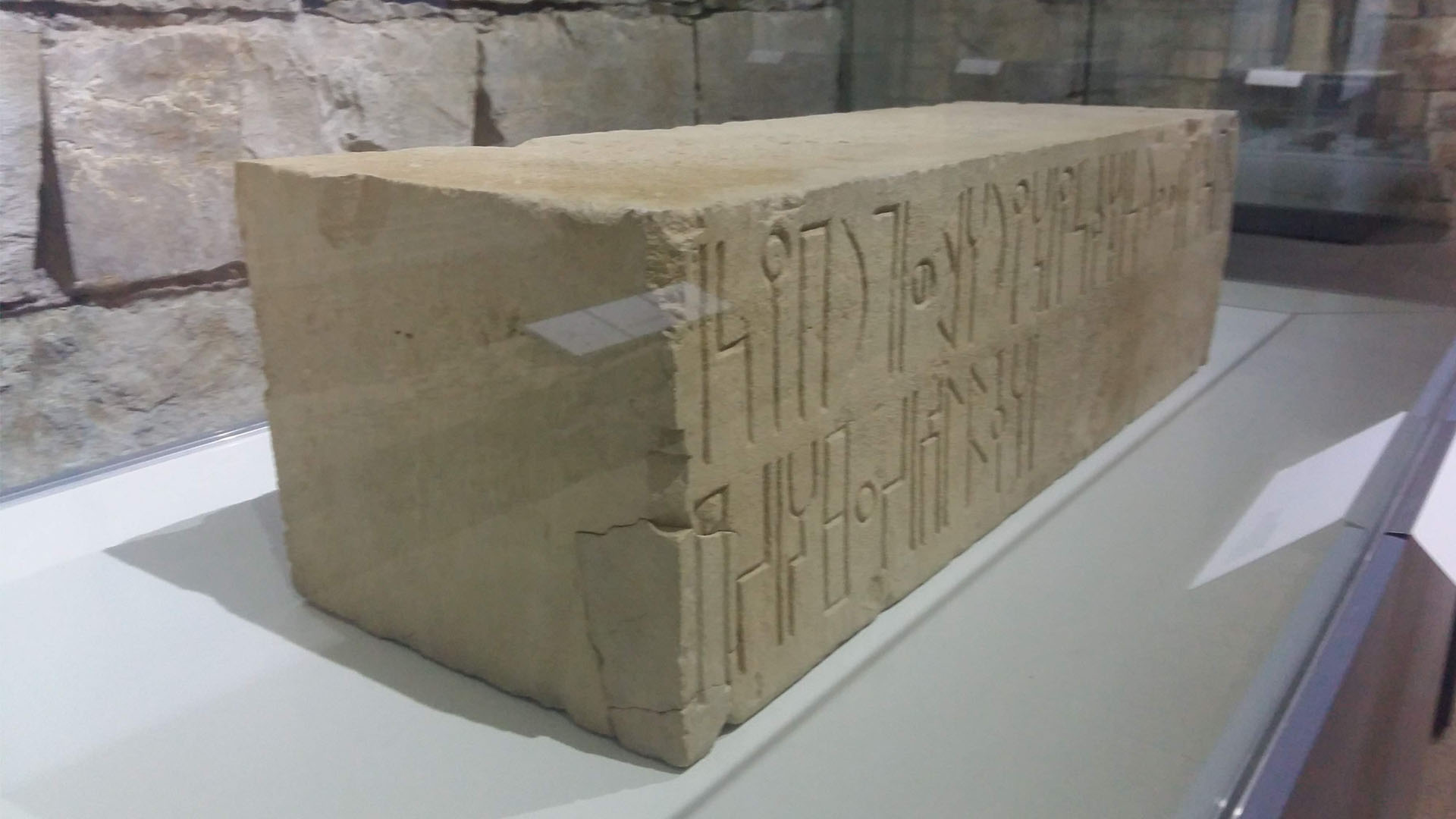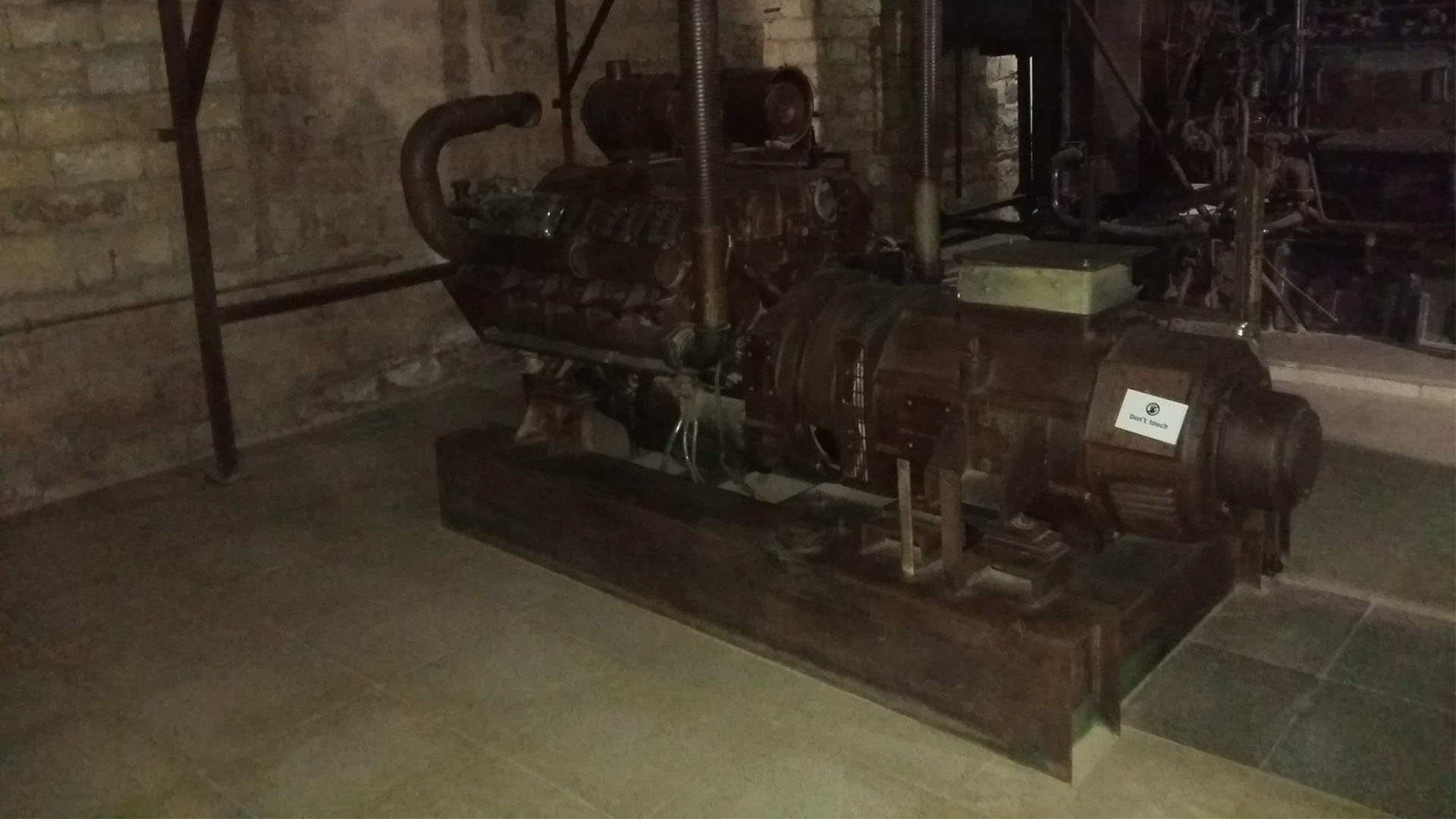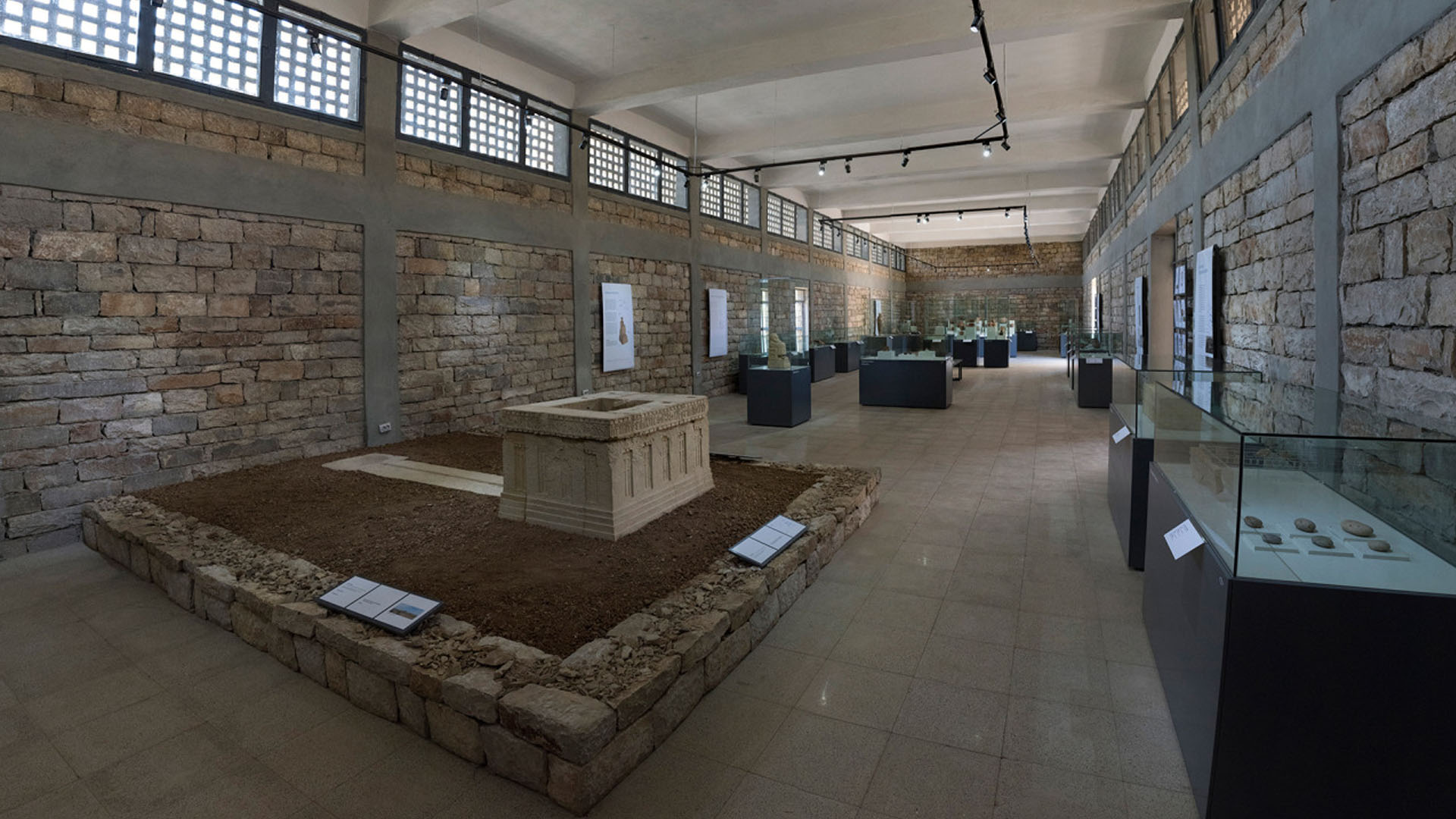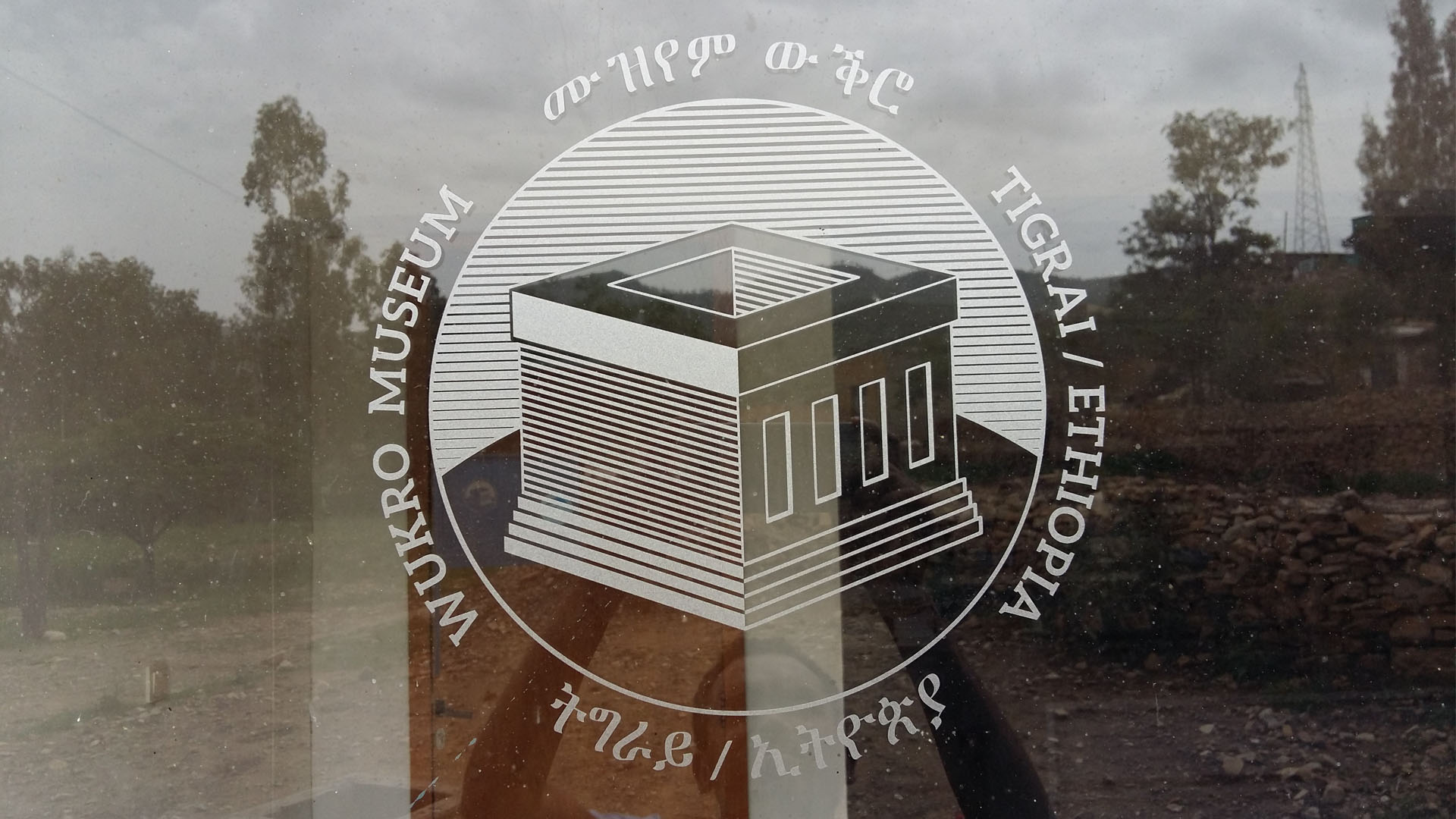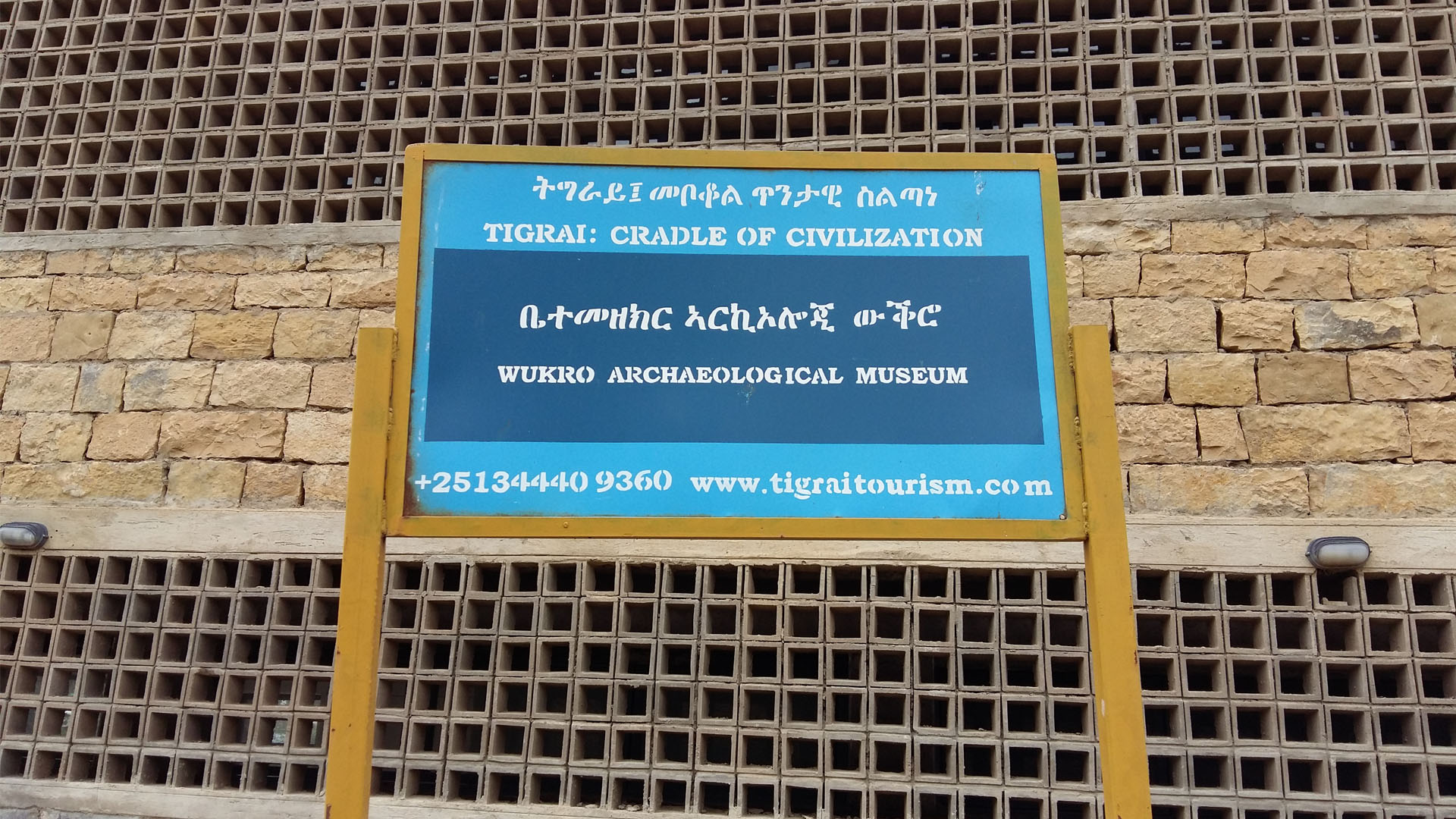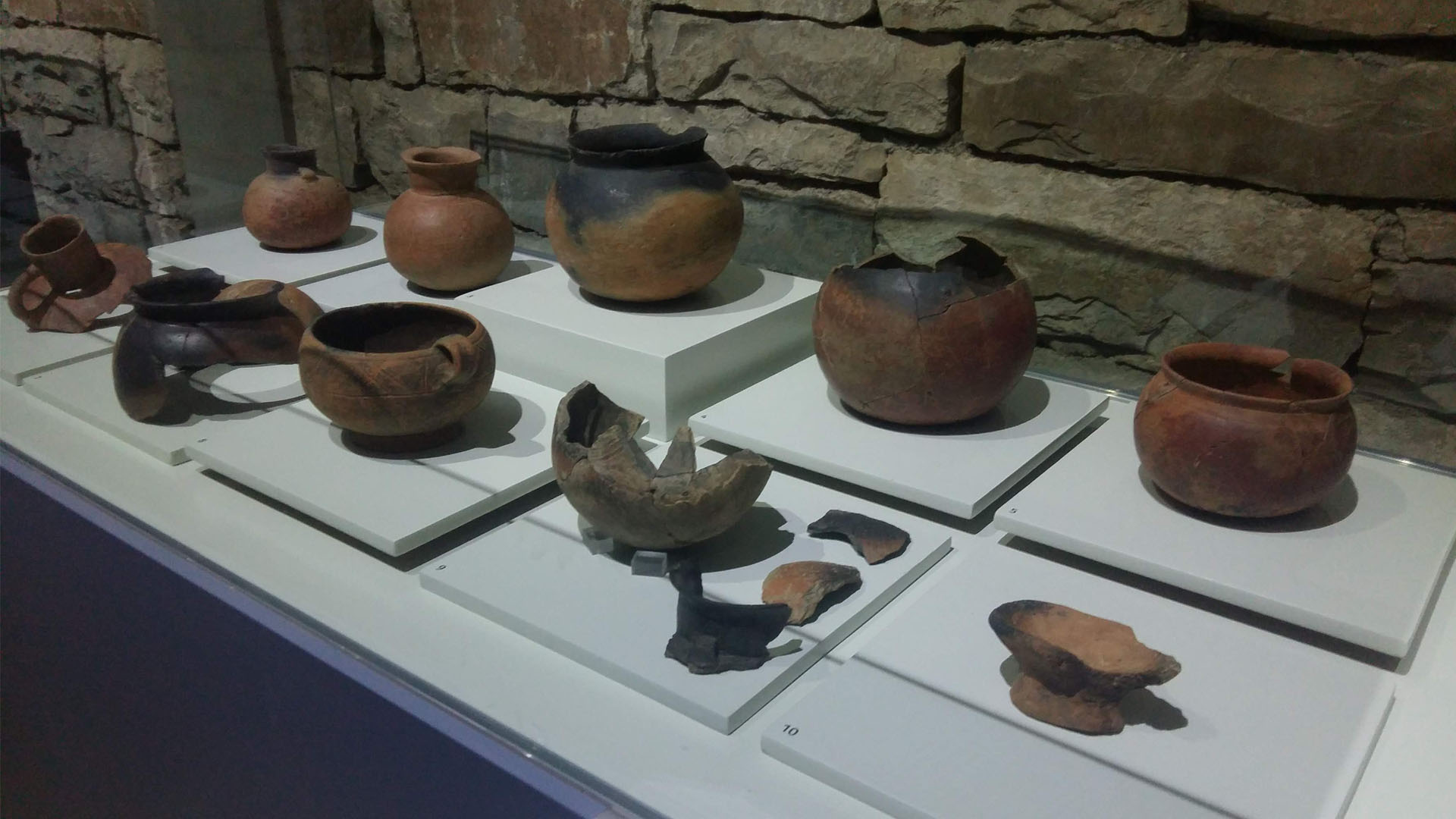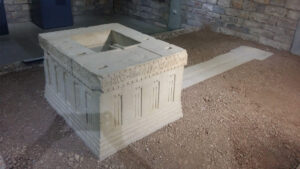Wukro Archaeological Museum, or Wukro Museum, in short, is a new archaeological museum in the beautiful town of Wukro, Tigrai. The museum is located some 3kms from the town center to the east on the rough road that takes to Atsbi, a highland town on the Desa’a forest side.
The museum was opened on the 18th of October 2015 by the Society for Promotion of Museums in Ethiopia and designed in collaboration with the students and staff of HTW Berlin, the local community, and foreign archaeologists working at the site. The noble and contemporary identity developed for the museum is inspired by the beauty of Sabaean art objects which form the cornerstone of its exhibition.
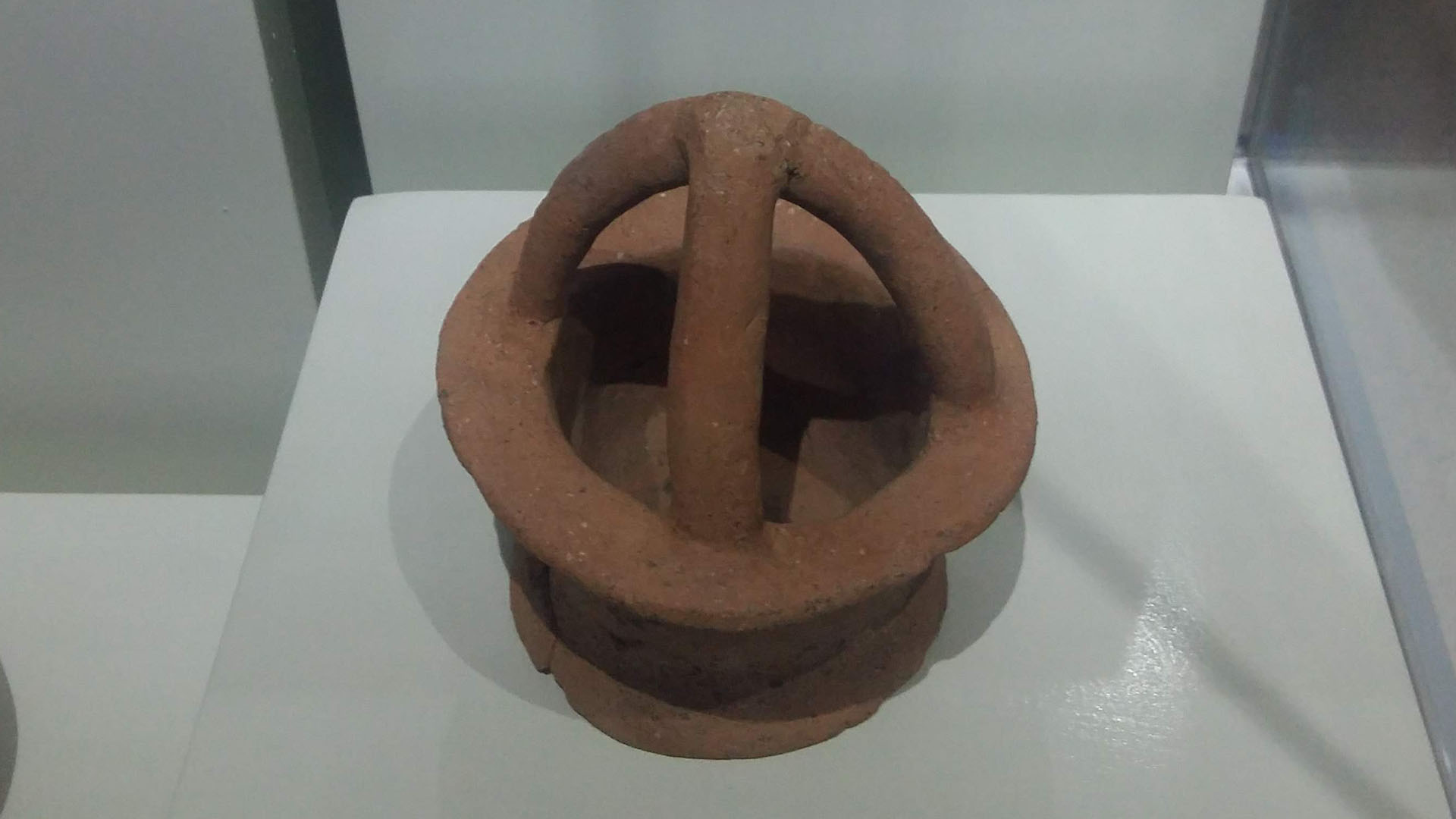
This museum houses archaeological finds from Adi Akawuh area, where Gaewa (Queen Yodit) is buried after it was swept by a heavenly gale that landed her body in this area when she tried to attack the rock church of Abraha We Atsbeha. Adi Akawuh is now an active archaeological site.
There are only two rooms in the museum, one with an electric generator that was used in Wukro and one with archaeological finds from the 8th – 6th century BC sanctuary of a moon god from the ancient moon temple found at the Meqaber Gaewa. The temple artifacts include a libation altar, a statue of a seated woman, incense burners, glass vials, some jewelry/beads, pottery, and other treasures. There is good signage in English and Tigrigna and some plaques explaining the temple site.
The altar and channel for libations are reconstructed in the museum. Just as striking as this reconstruction is the architecture of the museum building itself: it doesn’t just recede into the background but acts as part of the display. Its massive stone walls accentuate the objects more powerfully than the usual flat painted wall surface; they are a beautiful extension of the display.

